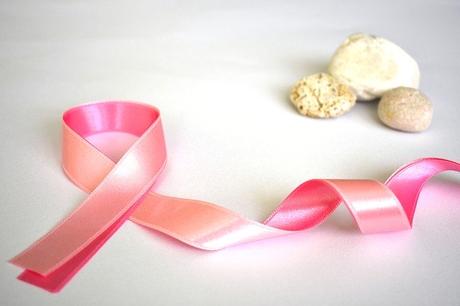
Skin cancer affects many Australians. Many studies have suggested that this disease affects people above 70 years of age more than anyone else. If you are a white male, you are more likely to be afflicted by this disease. More men than women can be affected by skin cancer.
And if you are living and working in a sunny area, your chances of getting skin cancer increase manifold. How do you get to know that you may have developed skin cancer? What are the associated symptoms and signs? Before we proceed, let's understand there are 3 types of skin cancer. Each of its types has its own unique set of symptoms. What are these types and the corresponding symptoms?
1. Basal Cell Carcinoma
This form of skin cancer carries the least risk and can be cured easily provided it is detected early. Basal cell carcinoma doesn't spread horizontally but can grow vertically like it can go the bones or get even deeper. You get this cancer on your face, arms, trunk, legs or those parts of the body that are overexposed to the sun.
Signs of Basal Cell Carcinoma:- If you have got a cut or sore that heals, reopens, heals again, and later opens again, this means you have early basal cell carcinoma.
- If you have a reddish patch on your skin that is irritable, it means you have this kind of skin cancer. This type can be found on your face, neck, legs, arms, etc.
- Shiny bumps or nodules on your skin can also mean you have basal cell carcinoma. If you have dark skin, these structures may appear as brown or dark moles. Click here to get an expert opinion on your skin cancer.
- Another manifestation of basal cell carcinoma is waxy, wavy or yellow scars on your skin. These look like injury scars and have a wider area of influence than on the skin.
2. Squamous Cell Carcinoma
This skin cancer can happen on the backs of your hands, inside your mouth, on your scalp and even under your feet. The symptoms of squamous cell carcinoma are:
- You get a shiny, red, firm nodule on your skin.
- A skin sore that is flat but has a scaly crust.
- A new sore that appears on an old scar or ulcer.
- There is a rough, scaly patch on your lip that later becomes an open wound.
- There is a rough patch or sore inside your mouth.
- You have a raised wart-like sore on your anus or genitals.
3. Melanoma symptoms
- There is a large brown spot with speckles
- You have a mole that changes its color, shape, size, etc., and it starts bleeding.
- There is a small lesion on your skin that has irregular borders and is blue, white or yellow in color.
- Sometimes you may get dark lesions on your palms, soles, and the mucous membrane.
Please note the above are only indicative signs.
Basic treatments of Skin Cancer- Immunotherapy: Doctors use drugs and vaccines to boost your immune systems. Interferon is a commonly used drug.
- Chemotherapy: You are given drugs either through injection or through the mouth to kill the cancer cells.
- Radiation Therapy: Skin cancer is treated with the help of a strong beam of X-rays.
- Surgery: This involves operating the affected skin area. There are various kinds of skin surgeries. Some are very basic while others require a comprehensive procedure.
- Photodynamic Therapy: This involves using drugs and light to treat skin cancer. Some drugs work only with the association of light.
